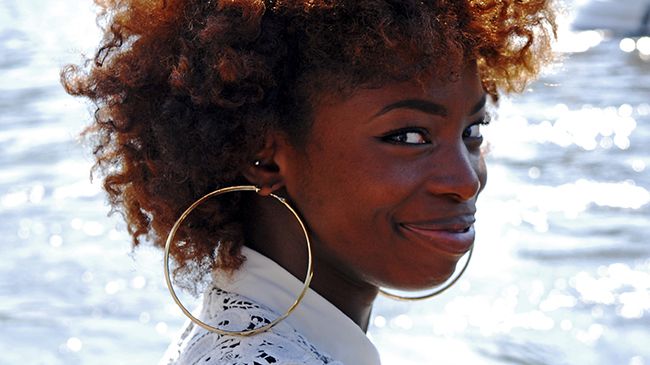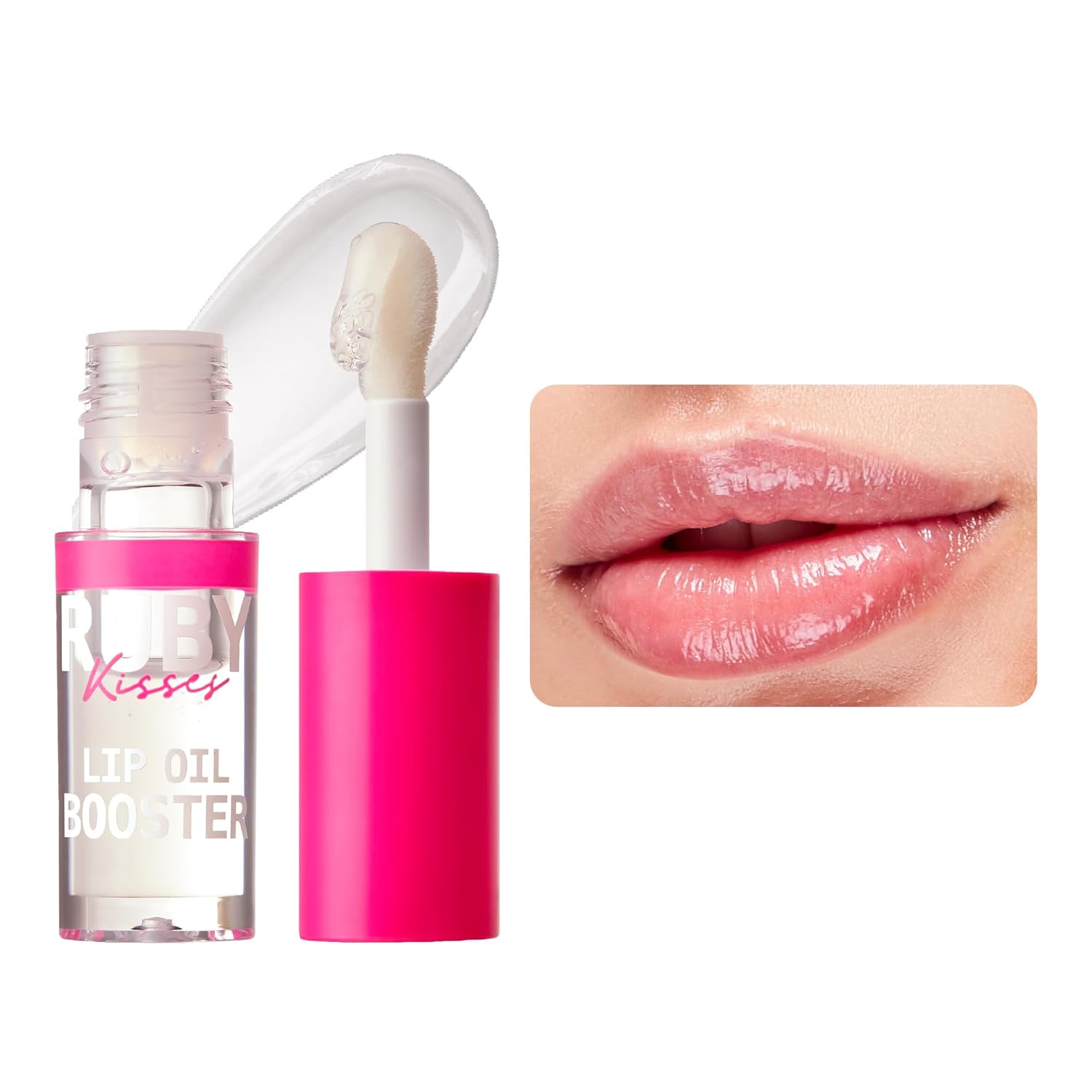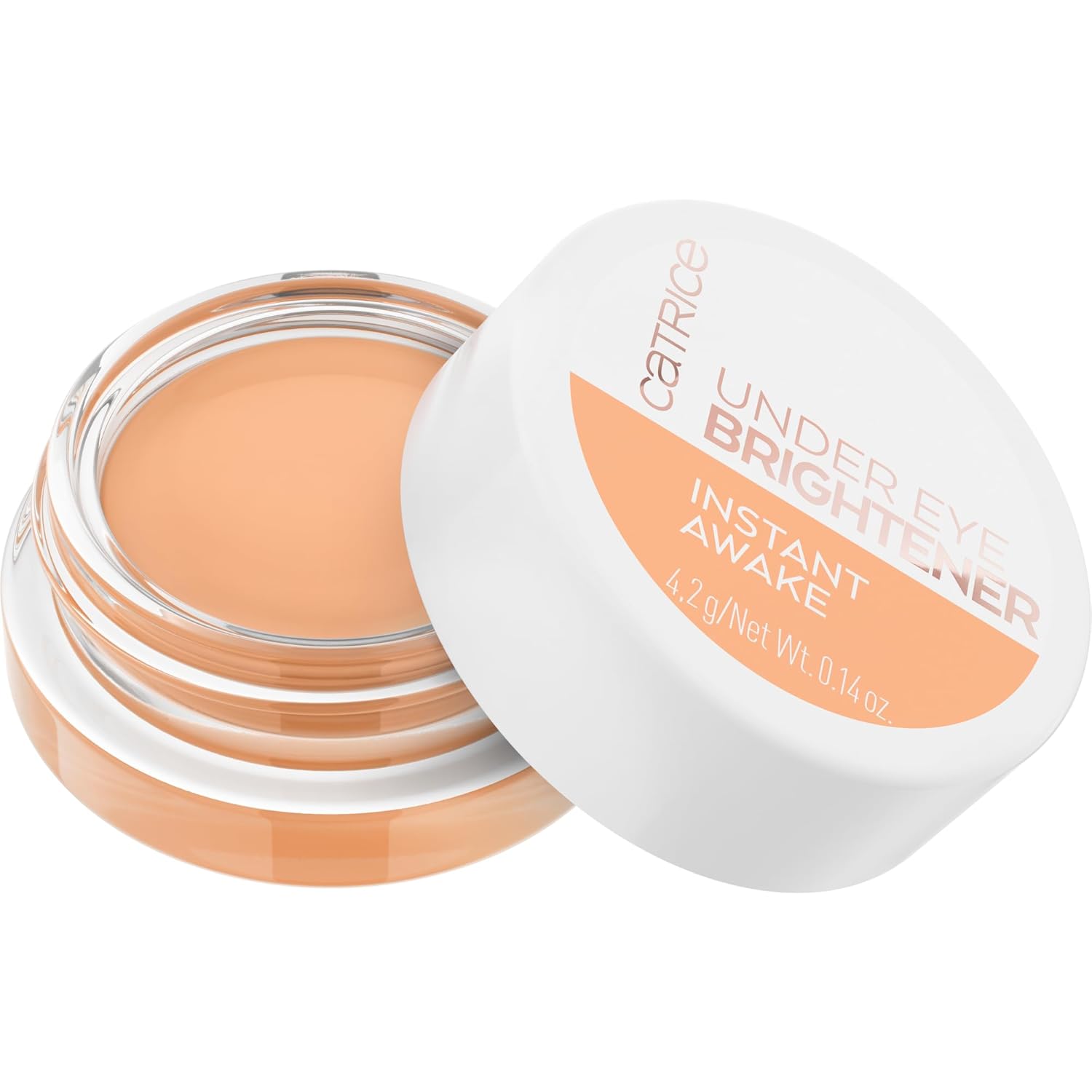
If you love taking a do-it-yourself approach, you are in good company. Lots of naturalistas create their own hair treatments at home and get great results for their curls, but there is one to stay away from for the sake of your curls. While DIY protein treatments are all the rage, they aren’t an effective means to an end for hair. Let’s take a closer look at why you may want to skip those DIY protein treatments.
What are proteins?
Medical News Today defines proteins as large molecules consisting of amino acids that our bodies and the cells within them need to function properly. They are important to our existence, as our body structures, functions, and regulation of the body’s cells, tissues, and organs could not exist without them! Proteins are made up of amino acids, which are the building blocks of protein. Amino acids are necessary in the body’s processes for healthy skin and hair, as they simply encourage the growth of stronger hair when in conjunction with a healthy diet.
What foods are rich in protein?
The obvious choices for ensuring your hair has enough protein through your diet are options such as lean meats, seafood, and eggs. These items are high in the protein your hair needs to stay healthy and strong. If you are a vegetarian, there are still ways to get that all-important protein. Protein can be found in legumes, lentils, tofu, black beans, and certain vegetables like broccoli and spinach. It should be noted that the best way to give your hair protein is through your diet as opposed to topical solutions because the body has an easier time absorbing proteins through natural digestion.
How do you get proteins into your hair?
The best way is through a proper diet but you can supplement through hair products, especially if your diet is not up to snuff. Yolanda Anderson, M.Ed. (Chemistry”> explains that proteins like keratin and collagen are extremely large and need to be broken down so they can be absorbed by hair. That process is called hydrolysis and cannot be done at home, but rather in a lab.
What is hydrolysis?
Hydrolysis is a type of chemical reaction where one reactant will create at least two (or more”> products and, according to Dr. Anderson, is a decomposition reaction. Water is used because hydrolysis literally means reaction with water. A larger molecule is cleaved into two or more parts by the addition of a molecule of water. Hydrolysis allows the hair to benefit from proteins by breaking them down so they can be absorbed and aid the hair.
6 Proteins that need to be hydrolyzed
Here are some proteins that are able to support the hair because of hydrolysis.
- Hydrolyzed Wheat Protein will greatly increase the hair’s ability to retain moisture, add volume, and reduce hair’s porosity while improving its smoothness.
- Hydrolyzed Silk Protein forms a crystalline protective barrier because it is derived from silk, one of the strongest natural fibers in the world. It will improve your hair’s elasticity, resiliency, and increase the shine.
- Hydrolyzed Soy Protein is a water soluble protein derived from soy that will strengthen and mend hair fibers. It increases hair’s ability to hold moisture while adding shine and smoothness.
- Hydrolyzed Milk Protein is a hydrolysate of milk protein derived by acid, enzyme, or another method of hydrolysis that moisturizes, nourishes, and improves the manageability of the hair while adding gloss and texture.
- Hydrolyzed Keratin Protein revitalizes hair’s natural protective layer while rebuilding its strength and returning the elasticity to the strands. The damages from harsh chemicals are greatly reduced.
- Hydrolyzed Collagen Protein derives from bovine bone and cartilage. This protein will temporarily bond to the hair and increase its resistance to breakage under tension.
Most proteins are too large to be effective, so hydrolysis is necessary for them to be broken down and absorb to your hair shaft, which is why the popular eggs and mayonnaise DIY protein treatments may not do what you think. It sounds complicated but the work is done for you in the lab when added to your hair products. It is a safe practice and widely used and accepted, so when you see it on a label know it is done to help strengthen your hair.
Products with hydrolyzed proteins
- Jane Carter Hydrating Invigorating Shampoo
- Oyin Handmade Honey Hemp Conditioner
- Aphogee Two-Step Protein Treatment
- Karen’s Body Beautiful Hold It Hair Gel w/ Argan Oil




















